Believe it or not, being raised in an overtly strict Baptist household, American filmmaker Wes Craven had not been exposed to the horror genre until he was well past the age of thirty. This is incredible because he is known for his pioneer work being in horror films. Craven was formerly a school teacher and an academic who had a change of career that led him into the film industry much later than most directors. Initially working as a messenger boy, Craven climbed his way to the top in New York’s thriving porn scene where he worked as an editor and associate producer. In fact, he even got the chance to direct a hardcore film.
The famous filmmaker, actor and novelist made his debut with The Last House on the Left in 1972 which was his first feature film. With this and a few others like the A Nightmare on Elm Street franchise and the Scream franchise, Wes Craven truly managed to create his mark in the horror genre in western cinema, particularly within slasher films. He is known to create a fusion of horror clichés along with humor and satire that serve to be highly influential to the viewers. Additionally, he possessed the ability to transform people’s psychological thoughts that reflected their primary fears into astounding films. This made him a director way ahead of his time in the industry. In this video we will explore a few of these movies.
A Nightmare on Elm Street (1984)
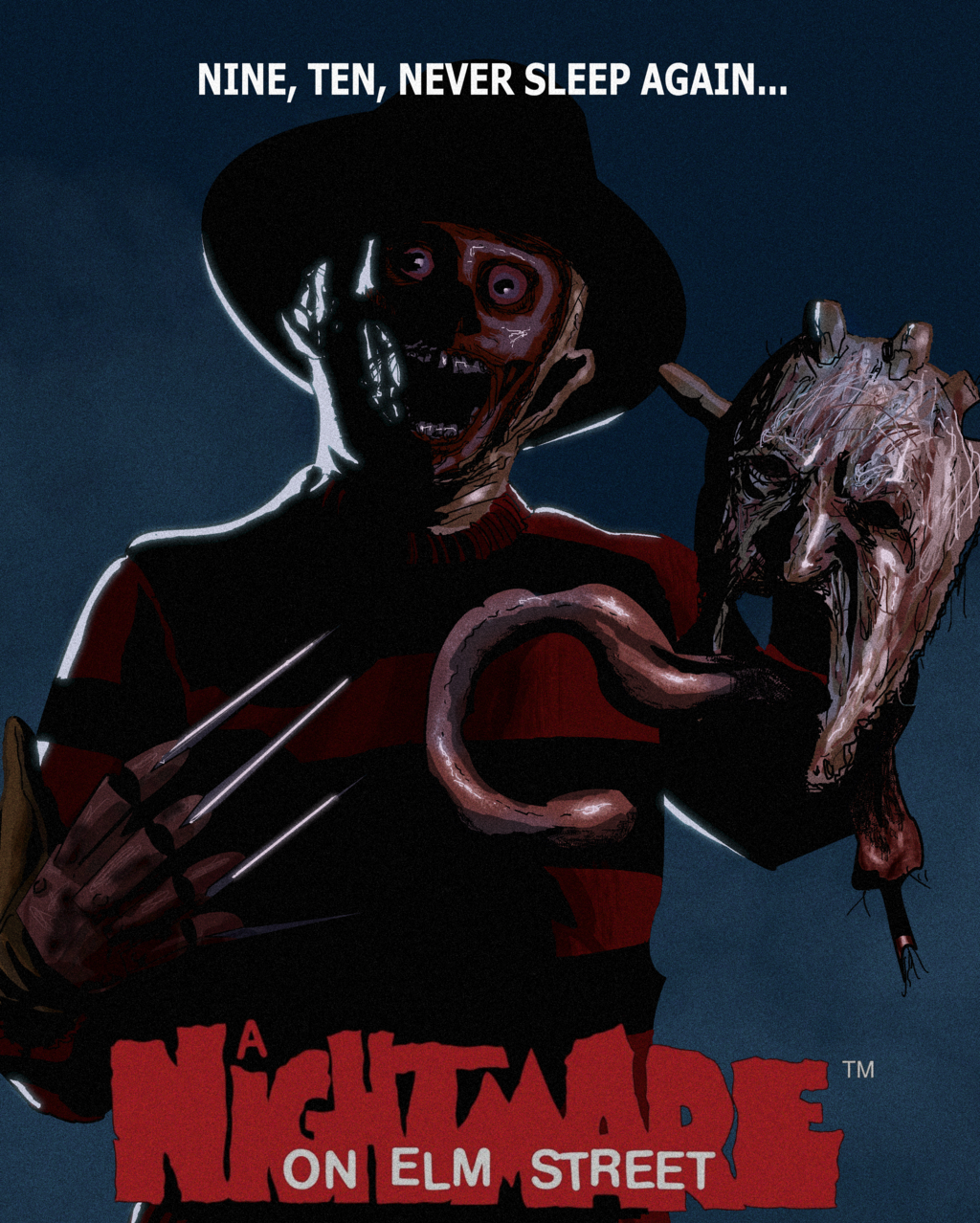
This classic supernatural slasher is the first instalment in an American horror franchise which consists of nine films, a television series, novels and comic books, of which only two movies were directed by Wes Craven. A Nightmare on Elm Street evokes a ‘sins of the father’ theme which examines the not so subtle dark underbelly of the American suburbs. The film explores the lives of Nancy Thompson, a teenager and her friends Tina Gray, Rod Lane and Glen Lantz who are being tormented by a certain murderous monster with claws called Freddy Krueger.
He only appears when they are asleep, in their dreams and attempts to attack them one by one when they are all alone and vulnerable. This film was responsible for 80s kids often having nightmares. Evidently, it created a lasting impact on viewers over the years. A unique aspect of the film appreciated by many, was the separation between the dream sequence and reality that it kept shuffling between. This gave the writers the freedom to incorporate gory details into the movie which might not have been possible without the dream sequence. Although, it started off as a low budget horror film it went on to become a box office hit and Wes Craven succeeded in acquiring a large fan base.
While the usual trope of a faceless killer murdering teenagers had been overdone from the 70s, the element of distortions of reality in A Nightmare on Elm Street offered a fresh outlook and was far more thrilling to the viewers. It deconstructed the binary of a dream world being safer than the real world and portrayed exactly the opposite. Moreover, it created a brand new method of representing dreams on screen by filming both types of scenes in similar settings so that the line between a dream and reality becomes ambiguous. What’s interesting is that Wes Craven thought of the idea for the film after reading a series of articles in the LA Times about a group of Southeast Asian refugees who died due to frightening nightmares.
The Hills Have Eyes (1977)
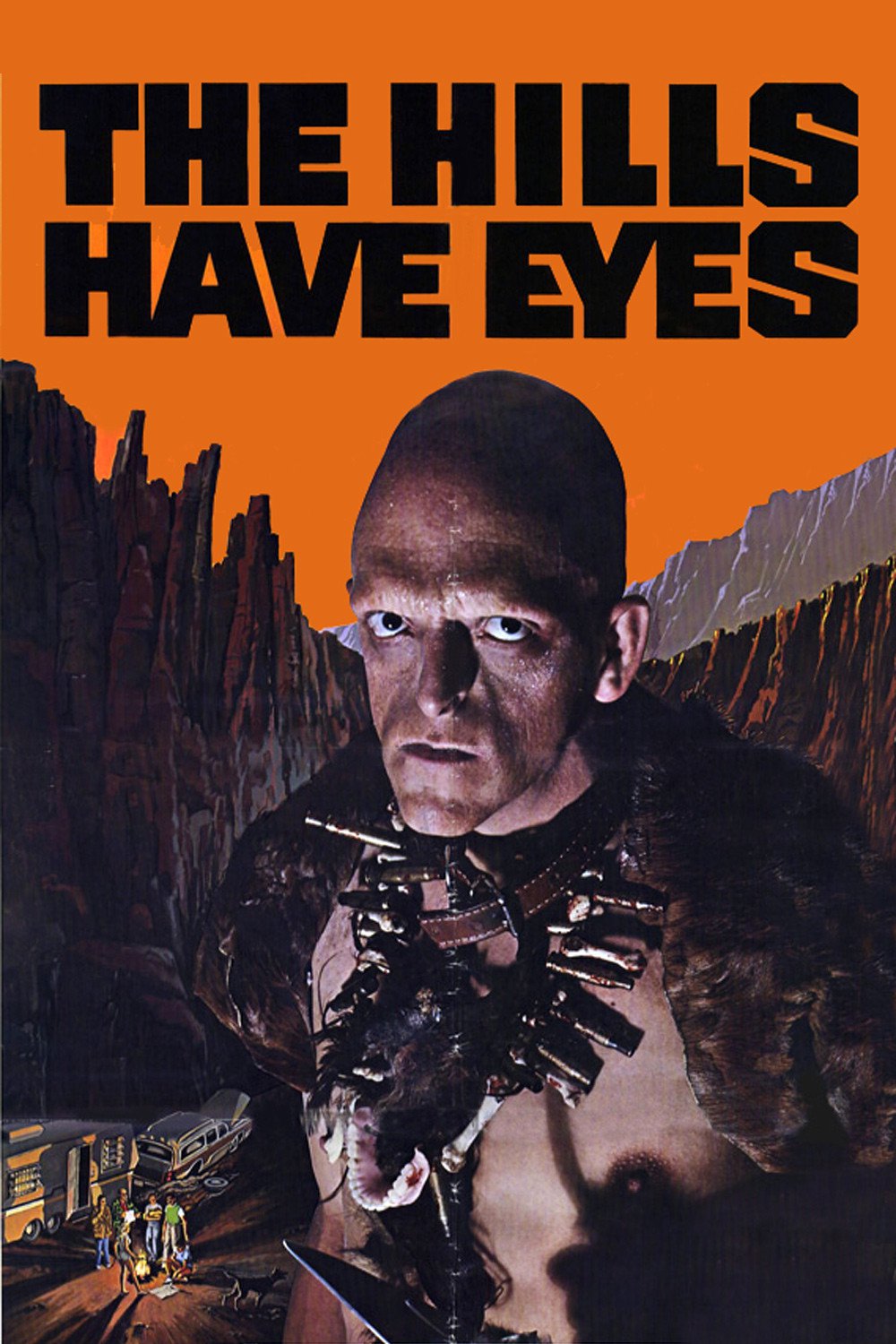
This famous film starring Susan Lanier, Michael Berryman and Dee Wallace explores the lives of the Carters, a family living in the suburbs who find themselves in a restricted Air Testing range while flying to California for a holiday. They crash and appear to be stranded in the Nevada desert where they are stalked by a family of bandits who seem to be extremely peculiar. Wes Craven wrote the screenplay of the film based on Sawney Bean, the head of a clan of cannibals in Scotland from the 16th century. Much like Craven’s debut film, this too is a commentary on class antagonism.
However, unlike The Last House on the Left, he revised the aesthetics of this film and made them fit a more exciting mainstream form so that they could be enjoyed by a wider ranging audience. What really caught the attention of the viewers was the act of respectable middle class personnel being forced into performing acts of savagery. Not only is the movie raw intense horror at its best but Craven also succeeded in capturing the isolated nature of the location.
This highlighted the helpless situation that the Carter family found themselves in, stranded in the desert without their belongings. The only criticism this film has received is that the villains reminded the audience of cartoon characters and were not as memorable as Freddy Krueger or Ghostface. Fun fact! When the film was initially submitted to the Motion Picture Association of America, it was given an X-rating which would have diverted it toward the category of pornography. This would have severely hurt the film’s box office ratings.
The Serpent and the Rainbow (1988)
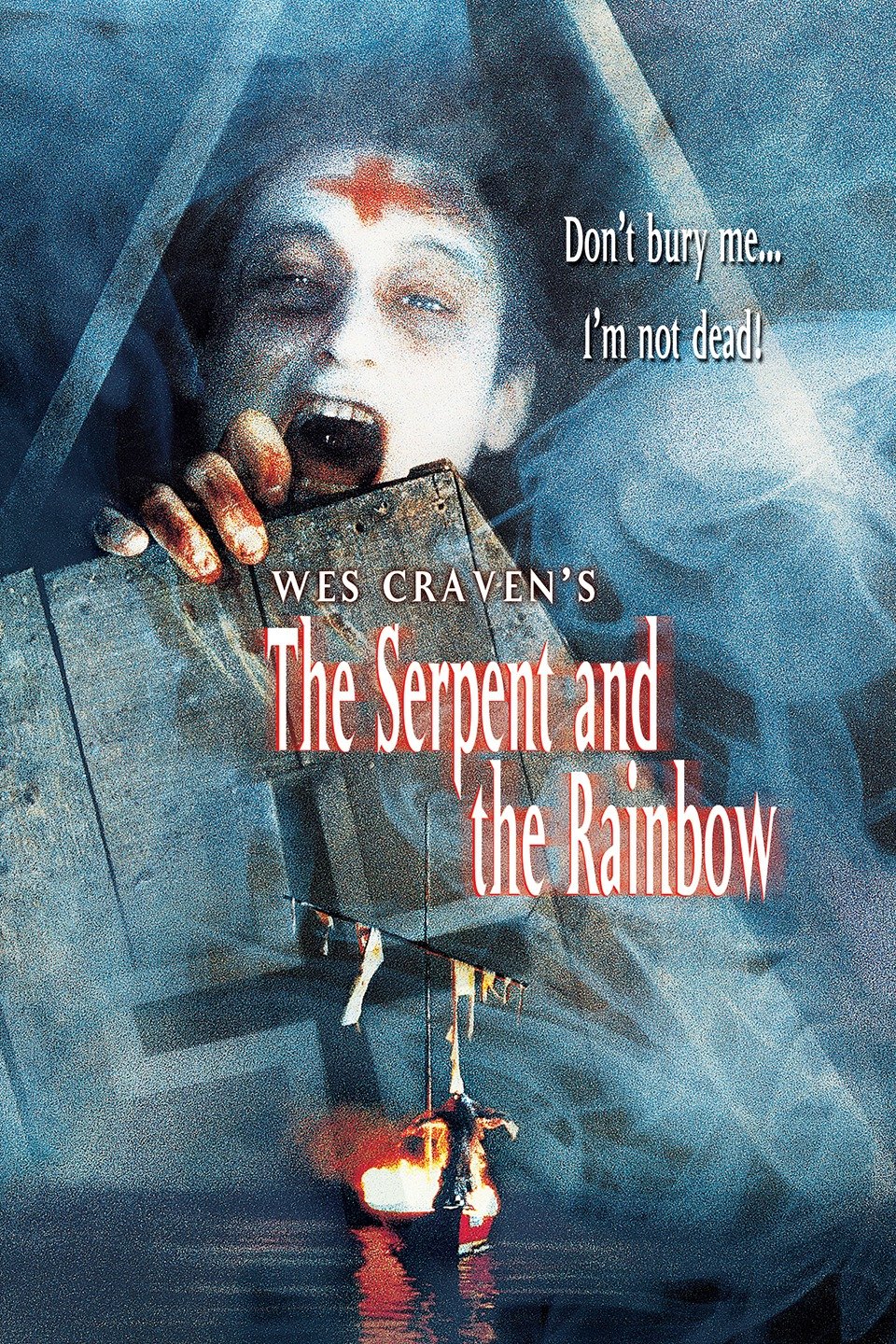
Bill Pullman and Wes Craven’s brilliant work was given a scope for combined recognition in the famous film The Serpent and the Rainbow. This film is the adaptation of a non-fiction book of the same name, written by ethnobotanist, Wade Davis. It explores the accounts of Dr. Dennis Alan from Harvard University who is invited by Andrew Cassedy, the president of a Boston pharmaceutical company to travel to Haiti, after encountering his successful research in the Amazonas.
He was asked to travel to Haiti for the investigation of a man named Christophe who had allegedly died in 1978 and been resurrected. Andrew agrees because he wants to collect samples of the so called “voodoo drug” that helped resurrect Christophe so that he can create an anaesthetic. On reaching there, Dr. Alan finds himself in Haiti in the middle of a revolution.
Although the film often overwhelms the viewers with special effects, it conveys an intellectual and politically informed plot combined with a chilling atmosphere. They are also able to see the unexpected fusion of certain scenes portraying gory imagery enough to make ones skin crawl and pleasing cinematography. Overall, it is a film that combines the politically disturbed environment of Haiti along with horror presented with a voodoo vibe and a slight hint of romance between Bill Pullman and Cathy Tyson’s characters.
Before the release of this film, most people were not aware of the true legend of zombies. Zombies were regular people who were condemned by sorcerers into becoming creatures that were living yet dead. They were merely the victims of being targets of special substances, unknown to man at the time, that have the ability to alter your physical body in such a way where one looks dead but their brain is still perfectly functional.
The People Under the Stairs (1991)
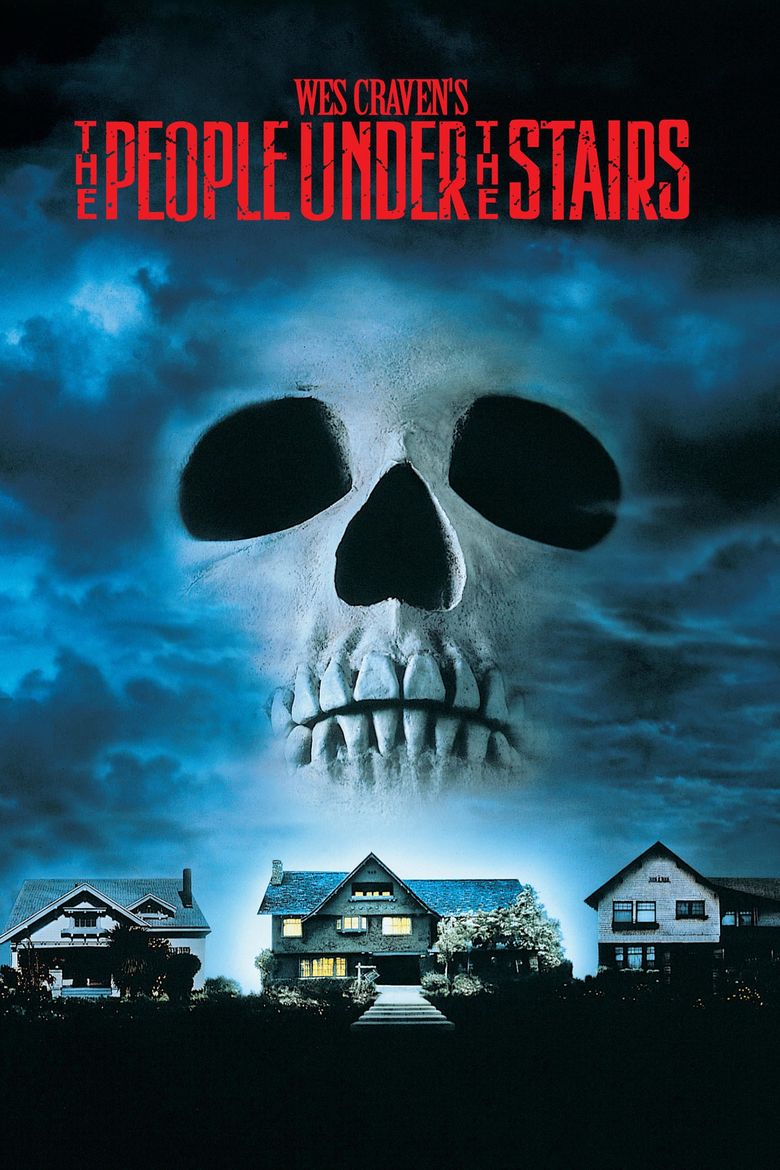
This film is a successful masterpiece by Wes Craven and is a perfect union of horror and comedy. The plot portrays a young boy from the wrong side of town, who on his 13th birthday gets trapped inside the home of his landlord’s along with two other adults in an attempt to steal their collection of rare coins. During this time, he uncovers various secrets about the owners’ shenanigans.
According to unpopular opinion, the primary classic fairy/folk tale genre that the movie attempted to evoke was masked for most people; instead they misinterpreted it for horror and comedy. With themes like the protagonist having to earn his position by performing a “good deed” and wicked step parents hiding treasures in creepy locations and to put the cherry on top, monsters in the basement; this movie had all the elements of a fairytale.
Moreover, people have strongly compared this film to being a gorier version of Home Alone, made for only adults. Wes Craven revisited his roots as a storyteller for this film, something that hadn’t been found in his films since The Last House on the Left. Although it is a film portraying exploitation, that element is successfully hidden from the naked eye in the style in which it was created. Interestingly enough, once again Wes Craven thought of the idea for this film based on a real incident that he had read about on the news about a burglary that had happened in a house nearby.
Red Eye (2005)
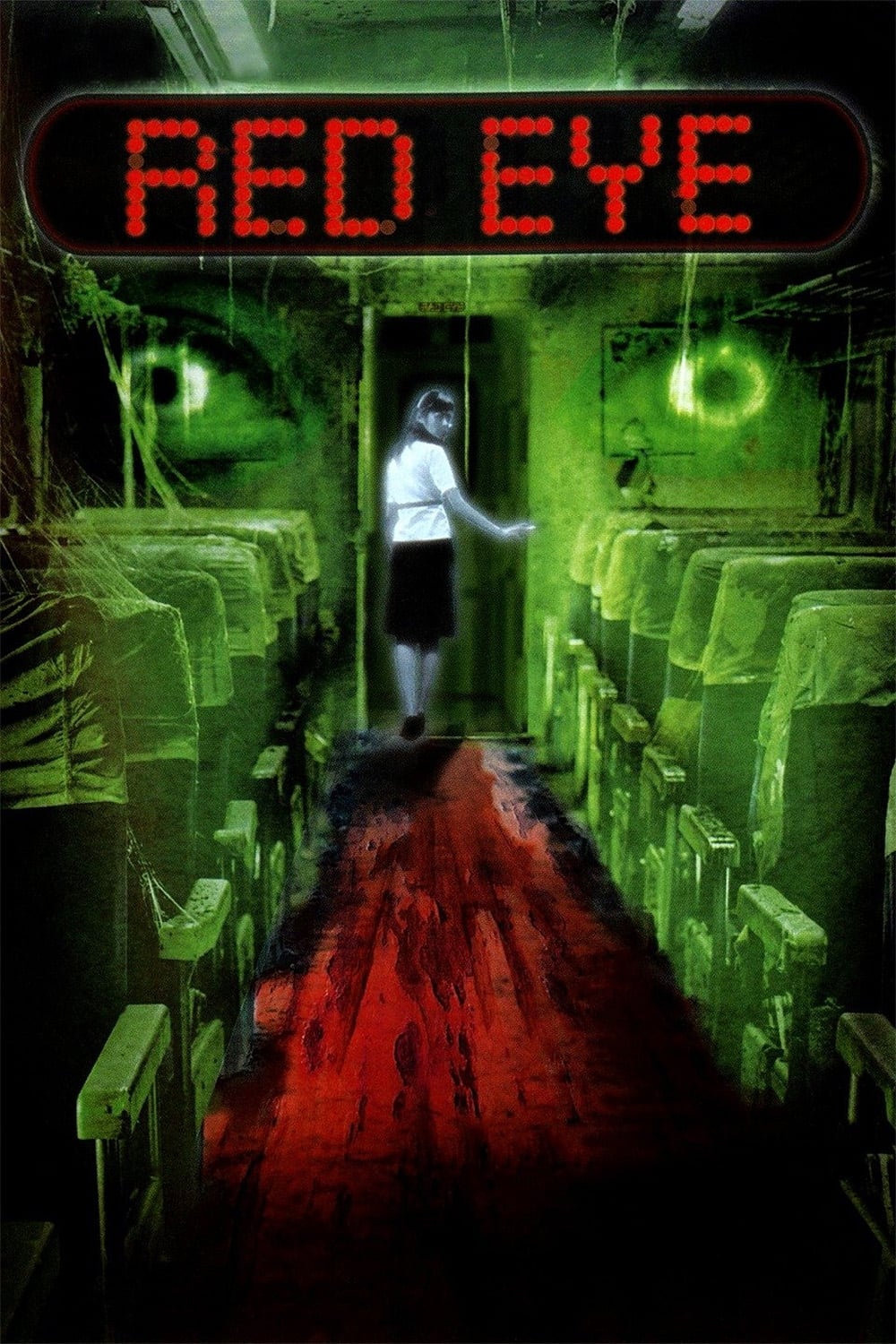
Starring Rachel McAdams and Cillian Murphy, Red Eye is an edge of the seat action thriller that explores the terrorist-hostage trope. Based on a story by Carl Ellsworth and Dan Foos, the movie explores Lisa Reisert, a hotel manager with a fear of flying as she boards a flight back home from Dallas to Miami. On the flight she encounters a handsome and charming man who she is later taken hostage by. In the clutches of her captor, she learns about a disturbing plot which is in progress. She is also shocked to learn that she is being used as a pawn in its execution.
Red Eye is a film known for its organized structure and perfect casting of McAdams and Murphy. In fact, after watching Wes Craven’s Scream series, viewers enjoyed the fresh concept that he had brought to them. What’s more, this film has also been compared to Hitchcock’s work where in it’s a thriller and at the same time, doesn’t take itself too seriously.
It is a film that evolves from one genre to the other as the plot progresses. It starts off as a romantic comedy and transforms to an action thriller with the use of simple characters that find themselves in extraordinary life or death situations. It is indeed the perfect film to be put on the list of in-flight entertainment. Both Wes Craven and Carl Ellsworth appeared as airline passengers in cameo roles during the film. However, Craven could not film his role with a straight face, so the scene was cut out from the final movie.
Scream (1996)
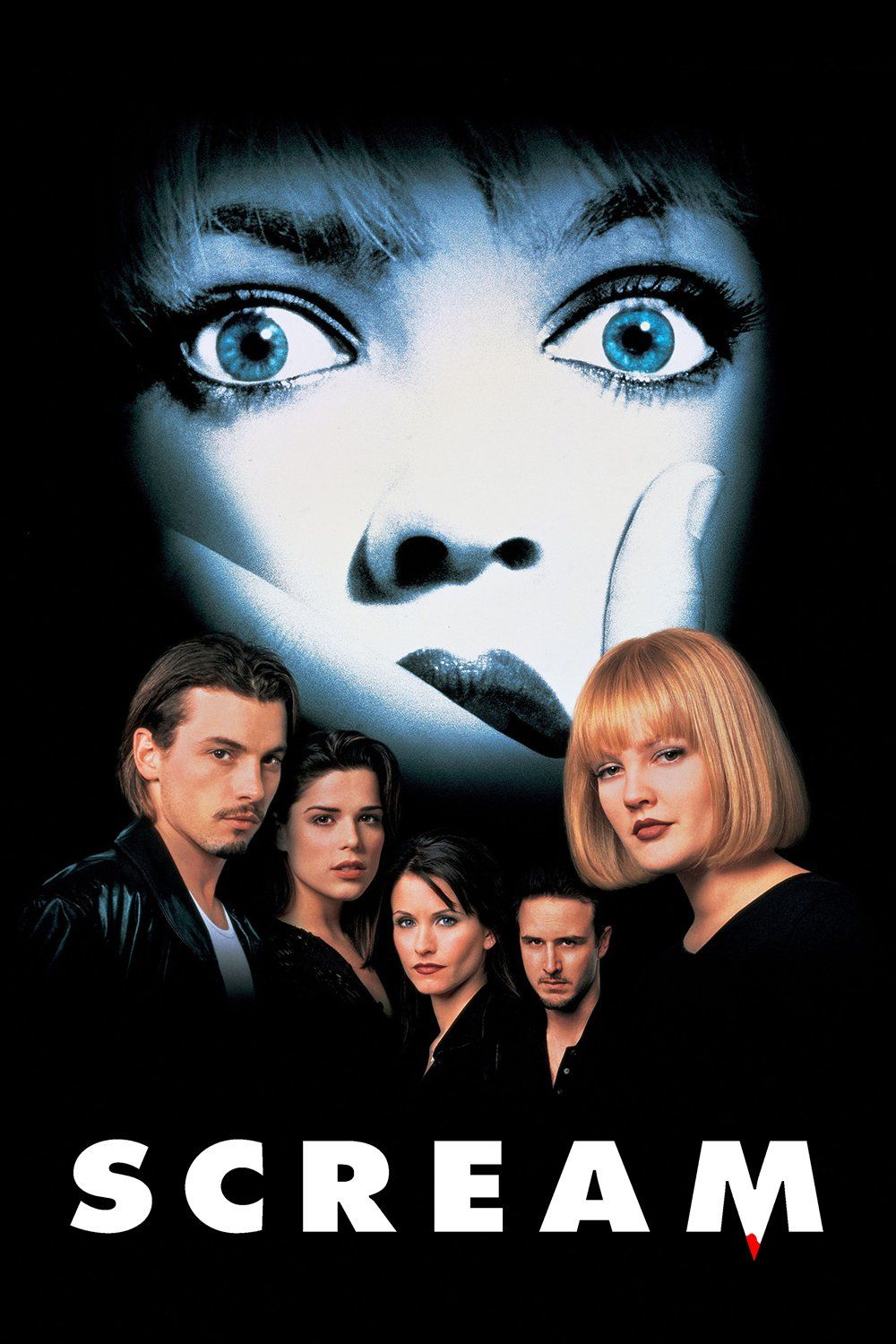
The Scream franchise is Wes Craven’s most popular work after A Nightmare on Elm Street. The first movie released in 1996 created quite a thrill among the youth of America. With an all star cast of David Arquette, Courteney Cox and Neve Campbell, it is a modern day American slasher film that had viewers talking about it for days. The plot revolves around protagonist Sidney Prescott who, a year after her mother’s death started getting a series of strange phone calls.
When her friends also began receiving similar calls, they discovered that they were being harassed by a deranged serial killer with a white mask and black robe, calling himself Ghostface. On receiving these calls the first question the killer would ask the recipient is, “What’s your favourite scary movie?” Following this, the town of Woodsboro began witnessing a series of strange occurrences and murders which highly disturbed everyone.
This film is a rare combination of black comedy along with a “whodunit” mystery accompanied by the violence of the slasher genre. It satirizes the clichés made in past horror films like Halloween and Friday the 13th. Moreover, it was a film that was considered noteworthy during its time because it portrayed American youth being aware of horror films made in the real world. They weren’t just aware of them; they openly talked about these films and did not shy away from discussing clichés that this film tried to hide.
Wes Craven was also given credit for reviving the horror genre with this movie and created a whole new subgenre of teen horror. While now it is easy to watch Scream and write it off as just another slasher film, it created a bench mark for teen horror back in the 90s, paving the way for other directors to explore the genre. Both Wes Craven and Kevil Williamson drew their inspiration for this film from the real life cases of the Gainesville Ripper.
The Last House on the Left (1972)
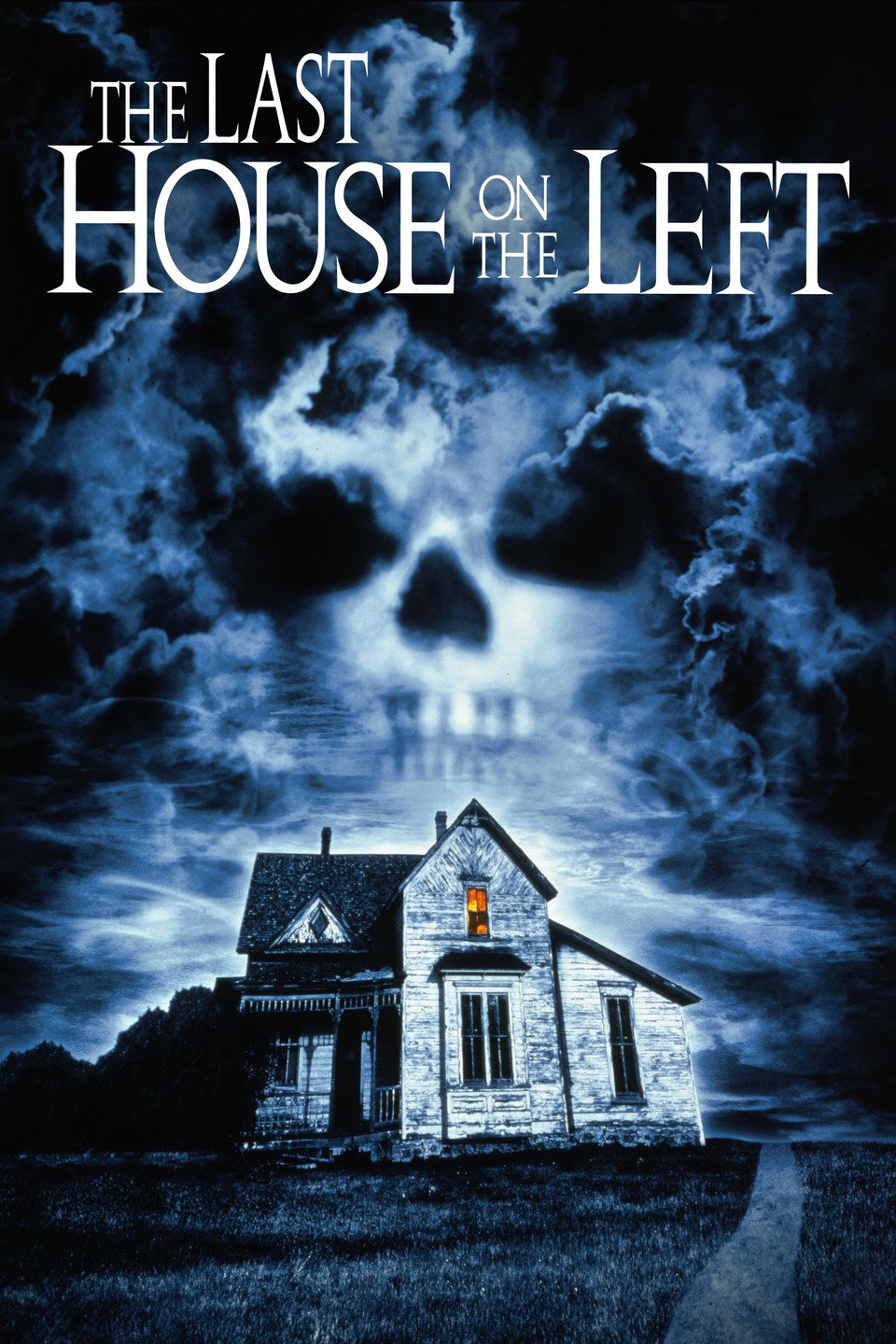
Being Wes Craven’s debut, this film created a lot of hype among viewers. It is one of the first exploitation horror films which created a large impact and made Wes Craven a universal favourite. The plot portrays two teenage girls who are on the way to a concert in New York. They drive to a shady neighbourhood where they are cornered by a group of sadistic thugs who trick them and kidnap them. Later on in the movie, they are taken to the woods and tortured by the same gang.
Being Craven’s debut film, it had a low budget but still ended up being a box office success. However, because of the time period in which it was made, the confrontational violence which was portrayed in it, was heavily censored and even banned in certain countries. Despite being Wes Craven’s debut, the reason this film was such a box office success is because it explored a new territory of horror that had never been done by any other filmmaker in the past. Although, this film has been compared to George Romero’s Night of the Living Dead, it overcame that by gaining the title of the most realistic horror movie.
Craven drew from the contemporary setting of the time and the natural performance elements seen in Night of the Living Dead and incorporated gory scenes into it like graphic rape scenes and extreme violence. Furthermore, it has an undertone of the commentary of class antagonism which wasn’t explicitly mentioned in the film but spoke for itself loud and clear. This film was so gory that Fred J. Lincoln who played gang member Weasel, said he regretted playing a part in this film because of how gory and malicious the crew’s actions were.
Shocker (1989)
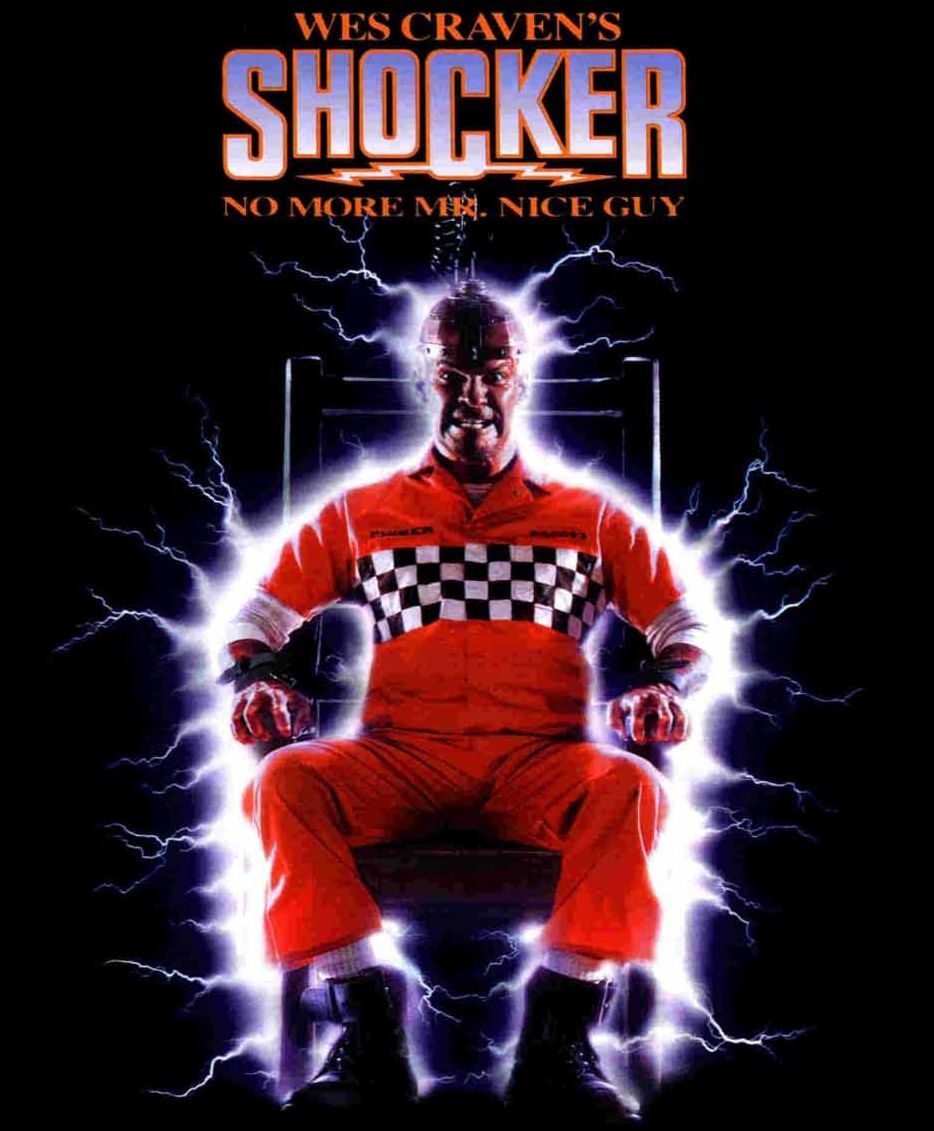
Horace Pinker, a murderous TV repairman begins killing people of a small town until he finds the home of Lt. Parker. Incidentally, Parker is investigating Pinker’s murders. Pinker violently kills Parker’s wife, daughter and son. In a turn of events, Parker’s other son Jonathan appears to have some sort of a telepathic connection to Pinker and is able to tell his father of his whereabouts. Pinker evades the cops and targets Jonathan’s girlfriend following which he is caught and sentenced to execution by electric chair. After his execution, Pinker sells his soul to the devil, who in exchange allows him to return from the dead by taking over people’s bodies and continuing to murder people. It is now up to Jonathan and his father to stop Pinker.
Due to some of the extremely gory visuals that Wes Craven incorporated, the film had initially received an X-rating from the Motion Picture Association of America. The electrocution scene among many others like Pinker spitting out a prison guard’s fingers after biting them off and a possessed coach stabbing himself, deemed the film inappropriate for a certain viewership. However, after this the film was re-edited and submitted several times until it received an R-rating. The film also portrays a combination of a realistic plot in the first half and transforms into a supernatural one in the second.
Although the goriness of the film has often been accused of outweighing the horror element, it is definitely worth a watch if you are an 80s kid or a Wes Craven fan. Finally, the film has also been praised for its uniqueness in the plot because it contains certain twists that the viewers don’t expect. Originally, Craven had planned to create a Shocker franchise just like he had done with the A Nightmare on Elm Street. However, he decided against the idea after the film did not do very well in the box office.
Cursed (2005)
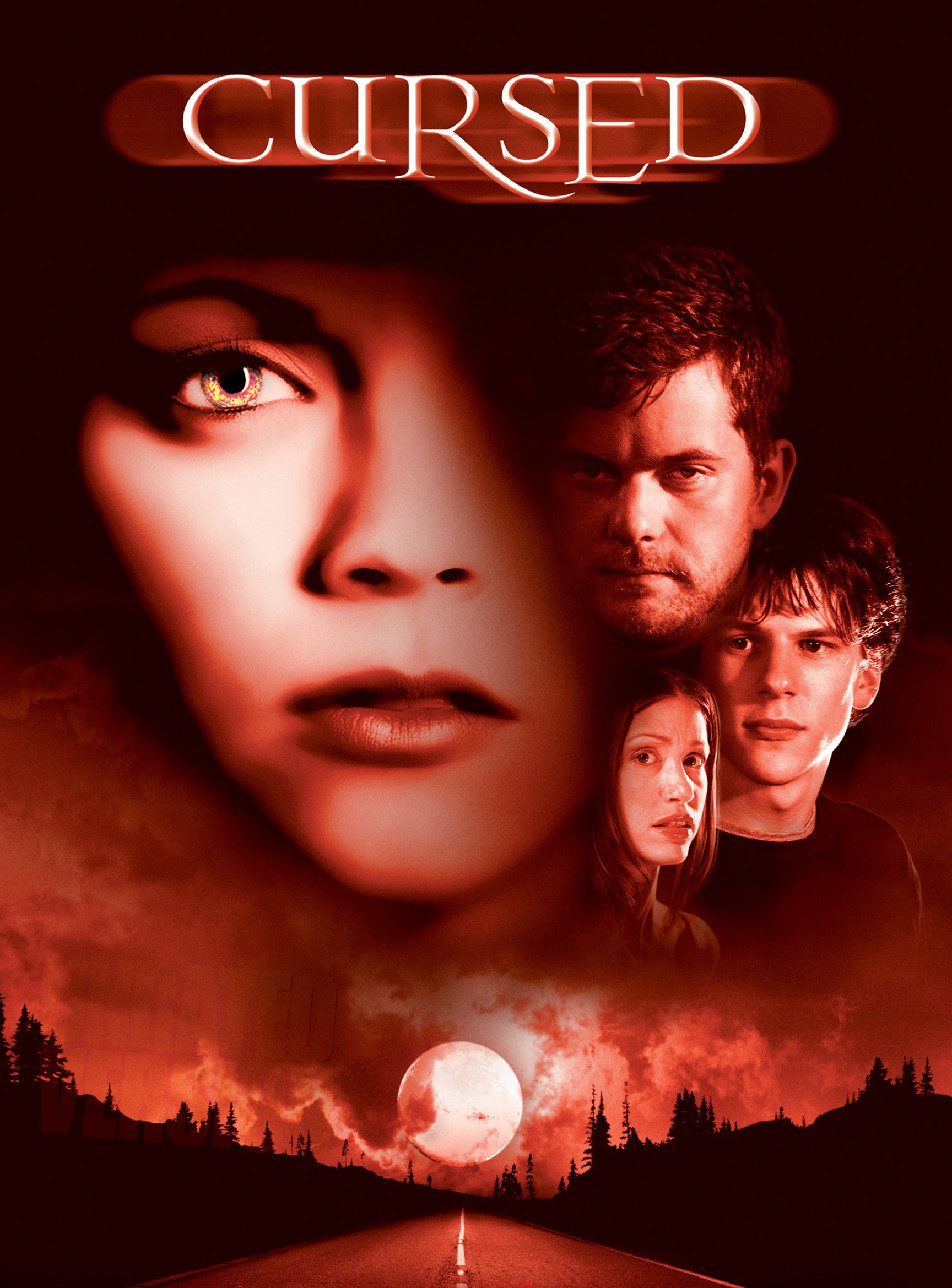
Wes Craven and Kevin Williamson return to collaborate on another film starring Christina Ricci and Jesse Eisenberg. The two play estranged siblings in the movie who first find themselves in a car accident in Mullholland Drive. While they try to rescue a woman from another car, a creature suddenly attacks and kills her, leaving the two siblings in shock. Soon they both begin noticing a change in their physical features as well in each other’s behaviour when they suspect that they too have been bitten by the werewolf.
The film which was originally set to release in 2003, and is a prominent example of development hell since it took more than two years for its release after the originally anticipated date. During that time, both Bob and Harvey Weinstein continued to reshoot and re-edit the movie so that it would fit the PG-13 rating instead of the R-rating that it had originally received. The original intention for the film that Harvey Weinstein had hoped for was that it would reinvent the werewolf genre. Wes Craven proves in this film that he hasn’t abandoned his interest of postmodern references and theatrical breaking of the wall.
In addition, the film has been praised for the performances of the actors. Surprisingly, viewers have appreciated the film for its traditional nature as a thriller and how amid this, Williamson has still managed to write an intriguing story. When the production of this movie was suspended for the first time, several cast members like Illeana Douglas, Heather Langenkamp and Scott Foley were cut out of it and the scenes that they had shot in the film were completely eliminated.
Deadly Blessing (1981)
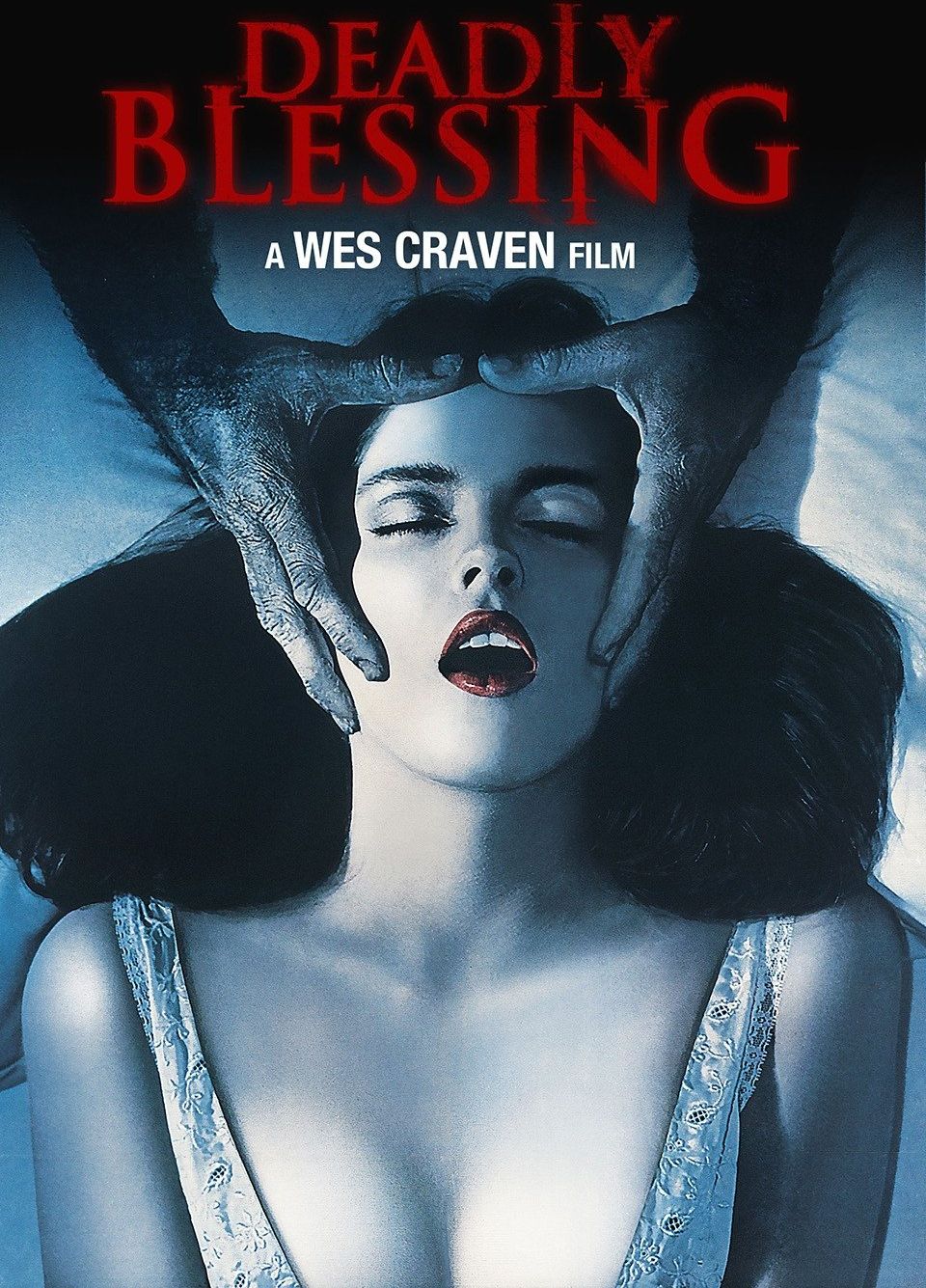
Deadly Blessing portrays an 18th century setting where an overtly religious community called the Hittites exist. Among them lives a woman named Martha who is married to a man named Jim Schmidt who does not identify as a Hittite. The non-Hittite people around them seem hostile to their backward religion and community. One night Jim mysteriously dies in a tractor accident, after which strange things happen around town. Another Hittite member William is supposedly stabbed by a strange figure and Martha is blamed for it by the entire community.
This film was created at a crucial point in Wes Craven’s career when he was in a transitional phase between his earlier works which were sort of hard hitting and his later works which would turn out be commercial successes. The portrayal of the paradox of a strict patriarchal culture against ones who hold modern values made this movie all the more appealing to the viewers. In fact, this movie seemed to be well within Craven’s territory given his religious upbringing.
The setting and cinematography of the film clash in that they are sinister from the beginning, yet the countryside provides it with a beautiful yet strangely discomforting vibe. It is popular opinion that Deadly Blessing is a reflection of Craven’s own guilt of breaking free from his religion both psychologically and culturally. What the viewers enjoyed most about this film was how several aspects of horror like the psychological, slasher, supernatural and religious were all incorporated into one.
